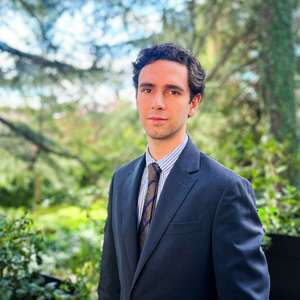Toroverde, based in Puerto Rico, plans to build an adventure and ecotourism park in Cuenca with a planned investment of around €90 million in the first phase, which could be expanded to €118 million or more in subsequent phases.
Toroverde Cuenca, the company's first project in Europe, will be located in the municipalities of Cuenca (district of Tondos), Mariana and Sotos, in an area of more than 1,000 hectares in the heart of the Sierra de Bascuñana, 12 kilometres northeast of the city of Cuenca and 174 kilometres from Madrid.
The group currently has three operational parks on the island of Puerto Rico, which receive close to one million visitors a year, and another in Ras al Jaima (United Arab Emirates), where the world's longest zip line is located.
The first phase of the park will include a glamping (luxury camping) with 73 villas operated by Nayara Eco Resort, which is also entering Europe with this project. The chain currently has six luxury hotels in natural settings in Costa Rica, Panama and Chile.
This complex will include restaurants, handicraft shops, hanging bridges, another panoramic bridge with a glass floor and floating terrains and, among its attractions, it will have the longest zip line in Europe and the second longest in the world, almost three kilometres long, suspended bicycles and a challenge course.
The managers of the Toroverde group presented the Project of Singular Interest (PSI) to the Regional Government of Castilla-La Mancha, after having received the Declaration of Regional Interest in May last year. Arcano acts as financial advisor to Toroverde.
The group's intention is to begin construction work on the park in 2026, once all the permits have been approved, in order to open the first facilities in spring 2027 and for the villas to be operational in summer or autumn of the same year. Toroverde's CEO clarifies that the intention is to continue to expand the project according to demand, including new hotel accommodation, up to 240 villas.
At the moment, Toroverde has a purchase option on public land, has made several deposits and two full annual payments for the property. The land purchase is estimated to represent between 5% and 7% of the total development cost of the project in the first phase.




